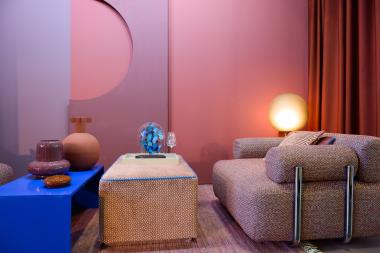Strategic partnership with Deren: Dibella strengthens its presence in France
Deren and Dibella are joining forces and have agreed to a partnership for the French market. Through this strategic collaboration, both companies combine their strengths: Dibella’s expertise in high-quality, durable, and sustainably produced textiles, and Deren’s market knowledge and trusted customer relationships across France.
Together, Deren and Dibella will offer French customers a comprehensive portfolio of long-lasting, responsibly manufactured textiles alongside excellent service. The alliance cooperation represents an important step in Dibella’s international growth strategy, and reinforces the shared commitment both companies have to providing professionals with sustainable textile solutions that stand for quality, reliability, and responsible business practices.
Deren and Dibella look forward to a successful collaboration and to jointly shaping a more sustainable future for the French market.
Dibella b.v.


















